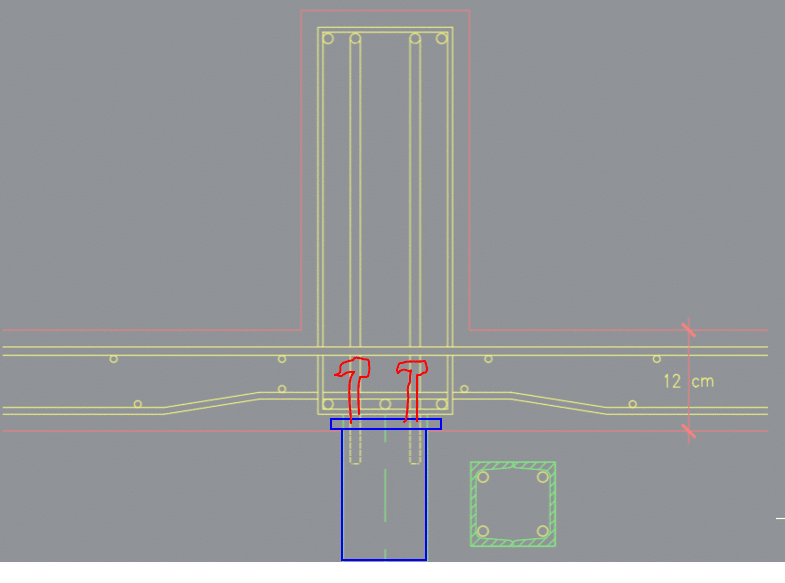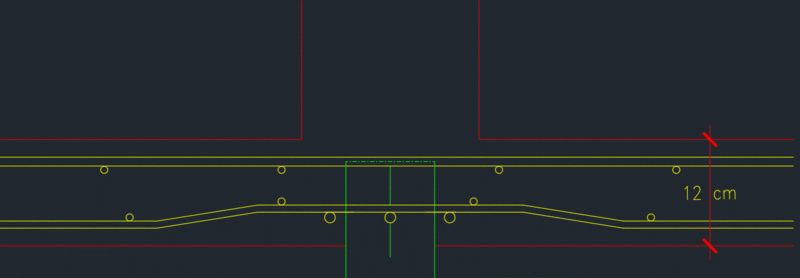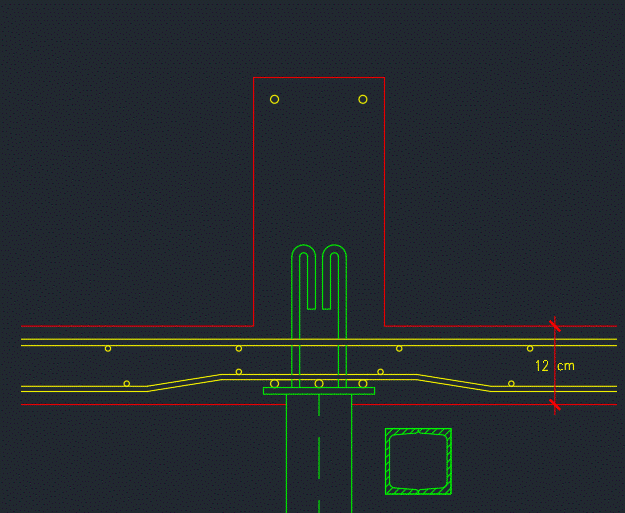juandavidguzman
Structural
Hello to all,
This is the analysis of the connection between metal columns (2x U channel filled with concrete) with concrete slab and inverted beams in a one-storey house.
The problem is that I have little space to carry out any gadgets in the slab interspace, as you can see in the attached screenshot.

I think the problem is a load transfer problem because the resistance calculations give me good results.
On the other hand, is it OK to worry about this? on the one hand I want to weld irons to the inside of the column so that they can be attached to the top reinforcement of the beam. But as it is a two-way slab system supported on inverted beams and these on columns, should I worry about the load transmission or is this taken care of by the beam itself?
This is the analysis of the connection between metal columns (2x U channel filled with concrete) with concrete slab and inverted beams in a one-storey house.
The problem is that I have little space to carry out any gadgets in the slab interspace, as you can see in the attached screenshot.

I think the problem is a load transfer problem because the resistance calculations give me good results.
On the other hand, is it OK to worry about this? on the one hand I want to weld irons to the inside of the column so that they can be attached to the top reinforcement of the beam. But as it is a two-way slab system supported on inverted beams and these on columns, should I worry about the load transmission or is this taken care of by the beam itself?



